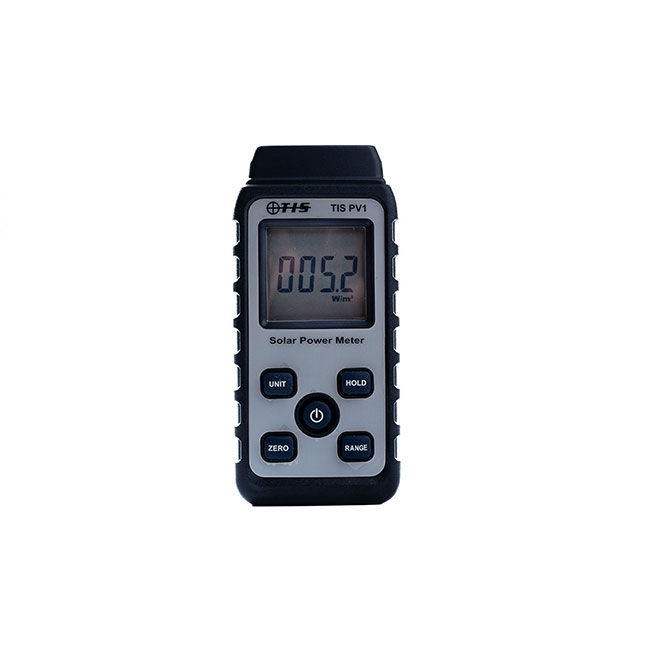Solar irradiance is the output of light energy that is received from the Sun and measured on Earth, and therefore it is the amount of light energy that actually reaches the Earth. Solar irradiance is measured in the form of electromagnetic radiation per unit area and in the wavelength range of the measuring instrument being used, this is usually measured in watts per square metre.
Where are solar irradiance measurements used?
The Sun’s energy is used to generate electricity by using photovoltaic panels, or to heat water using solar thermal panels. Both these sources require a good supply of solar radiation and hence measuring the levels of solar irradiance currently being received in a given location is important for these common purposes.
So solar irradiance is used to plan solar power systems, and there are actually several different solar power technologies currently in use or being developed which carry out this practice. Solar irradiance is also used to design passive heating and cooling systems for homes and buildings. Using this data, an architect can design the position of windows and skylights to achieve optimal heat from incoming sunlight when incorporating seasonal changes between winter and summer.
Solar irradiance is also used for climate modelling and weather forecasting. These are studies to monitor how the climate and weather works and therefore, how it can change and how it actually is changing. The data from solar irradiance allows us to build predictive models to project future weather and climate changes.
What types of solar irradiance are there?
There are several different types of solar irradiance, which all differ in how and from which location or position the irradiance is measured from. These include:
TSI – Total solar irradiance
DNI – Direct normal irradiance
DHI – Diffuse horizontal irradiance
GHI – Global horizontal irradiance
GTI – Global tilted irradiance
GNI – Global normal irradiance
What is the difference between solar radiation, solar irradiance and solar insolation?
The terms solar radiation, solar irradiance and solar insolation are often confused and taken by people to mean the same thing, but they have very important differences:
Solar radiation = the radiant energy emitted from the Sun.
Solar irradiance = the total solar radiation that reaches the Earth’s surface (ie. not all the solar energy that is emitted from the Sun reaches Earth or actually reaches the Earth’s surface).
Solar Insolation = the average amount of solar radiation hitting an area over a set period of time.
What can affect the amounts of solar irradiance we can measure?
The amount of solar irradiance detected can depend on how far the measuring object is from the Sun, the angle of the Sun and the solar cycle. So translating that to everyday life, this will depend on the time of day, the time of year, your geographical location, the type of landscape you are measuring from and the climactic weather conditions at the time. Because there are so many variables you can’t often compare solar irradiance measurements between different locations with any great value, only different measurements in the same location at different times of day and year.
It is also true that solar irradiance values change the further away from the Sun you get. So the irradiance at the top of the Earth’s atmosphere will be different to that when passing through the atmosphere, because energy is lost. The solar irradiance will be different again when you reach the Earth’s surface, at which point it will also change depending on the sea level and weather conditions. Then we arrive at all the variables someone might detect when measuring locally from one location, as mentioned above.
Small changes in the solar irradiance can have a dramatic effect on the climate, atmosphere and ionosphere.
What can you use to measure solar irradiance?
The easiest way to measure solar irradiance is to use a solar irradiance meter, this is a handheld and lightweight digital instrument such as the TIS PV1 supplied by Test Instrument Solutions (Test Instrument Solutions has a variety of Solar PV Testing Equipment available for your testing needs). Solar irradiance meters are simple and effective instruments which provide an accurate reading on a digital display screen.
Please note that this section is for information purposes only. Anyone using equipment referred to in this section must be suitably qualified and/or experienced within the respective field. If in doubt before use, please consult a qualified electrician or engineer & thoroughly read all instruction booklets.